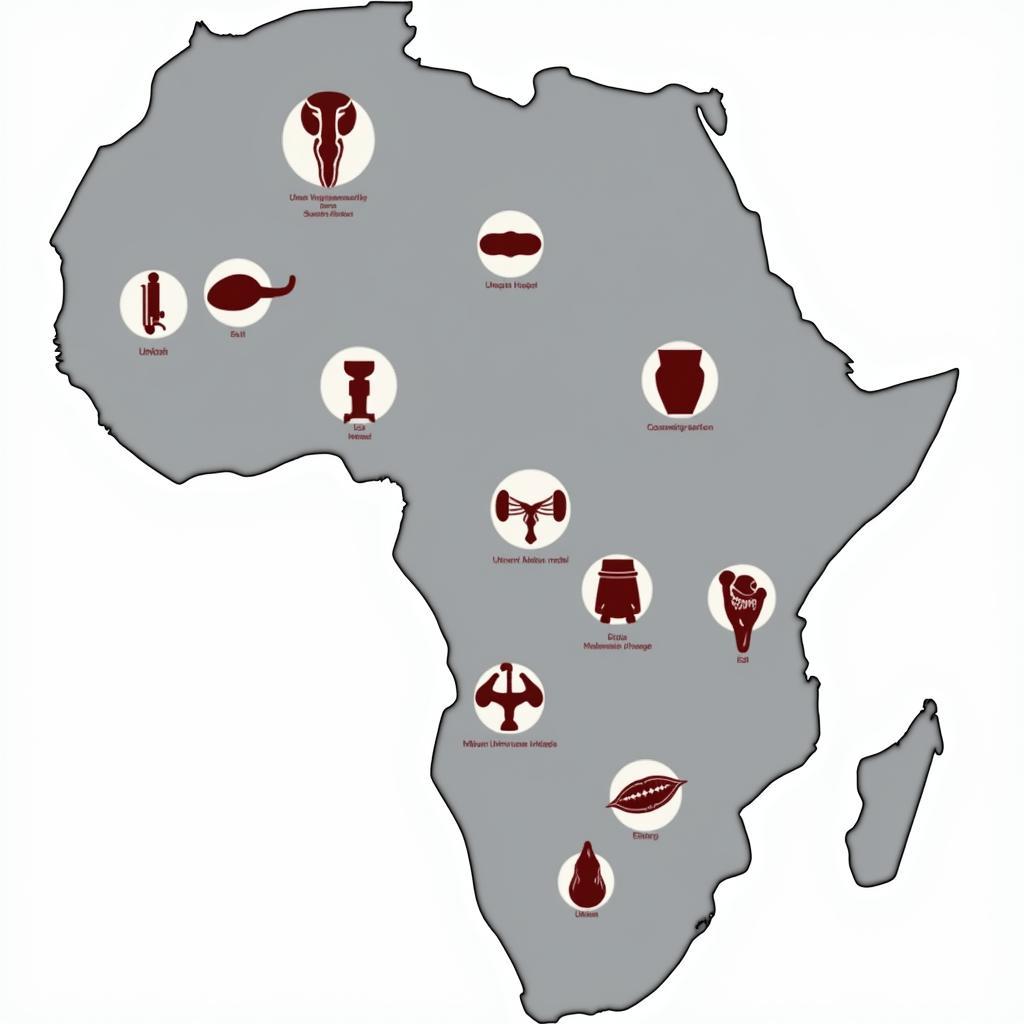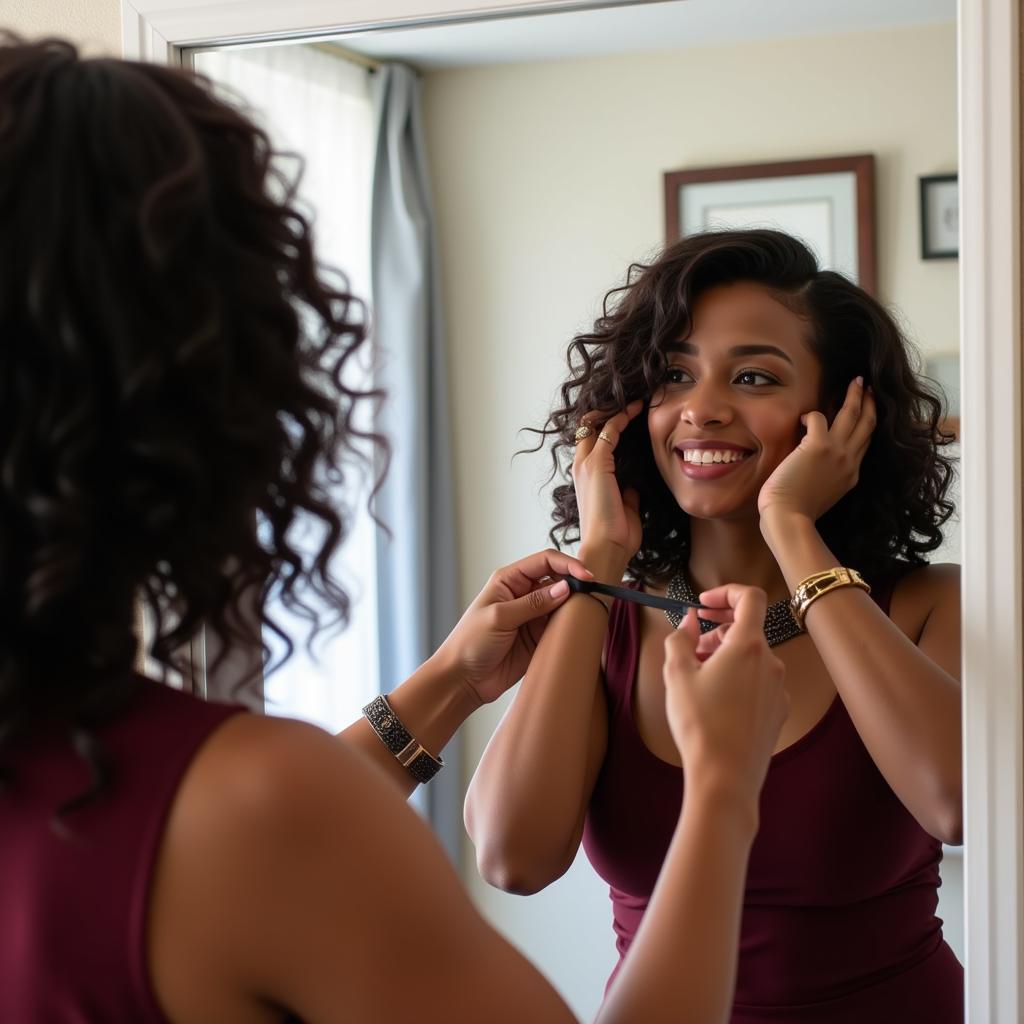African Costume for Kids Female: Celebrating Culture & Heritage
African Costume For Kids Female offers a vibrant and meaningful way to celebrate the continent’s rich cultural tapestry. From the intricate beadwork of the Maasai to the colorful kente cloth of Ghana, traditional African clothing reflects a legacy of artistry, history, and symbolism. Dressing your child in these beautiful garments not only introduces them to the beauty of diverse cultures but also fosters a sense of pride, identity, and appreciation for the heritage of Africa.
Exploring the Diversity of African Costume for Kids Female
Africa is not a monolith, but rather a continent of 54 countries, each with its unique traditions, languages, and styles. This diversity is beautifully reflected in the clothing, with each region boasting distinct designs, fabrics, and embellishments.
For example, a young girl might wear a brightly colored Ankara dress with a matching headwrap, reflecting the vibrant fashion of West Africa. Alternatively, she could don a beaded Zulu headband and skirt, symbolizing the strength and beauty of South African culture.
Choosing the Right African Costume for Your Child
When selecting African attire for your child, consider the occasion, her age, and personal preferences. A comfortable and age-appropriate outfit will allow her to move freely and fully embrace the experience.
Here are some factors to keep in mind:
- Occasion: Is it a cultural event, a school presentation, or a themed party?
- Comfort: Choose breathable fabrics like cotton or linen, especially for warm weather.
- Authenticity: Opt for outfits made with traditional techniques and materials whenever possible.
- Size: Ensure the costume fits comfortably and allows for ease of movement.
Remember, the goal is to celebrate culture respectfully and avoid any form of cultural appropriation.
Beyond the Outfit: Accessories and Symbolism
African accessories add an extra layer of meaning and visual appeal to traditional clothing. Beaded necklaces, bracelets, and earrings are not mere adornments; they often carry symbolic weight, representing strength, prosperity, or spiritual connection.
Headwraps, an integral part of many African cultures, also come in various styles and hold cultural significance. They can signify marital status, age, or social standing, and are often used to create stunning and elaborate headpieces.
Creating a Memorable Cultural Experience
Dressing your child in African costume provides a fantastic opportunity to delve deeper into the continent’s history and traditions.
- Research and Learn: Explore the origins and symbolism behind the specific costume.
- Storytelling: Share folktales and legends from the culture represented by the attire.
- Cultural Activities: Engage in activities like drumming, dancing, or cooking traditional dishes.
By making it an immersive and engaging experience, you’ll foster a lifelong love and appreciation for different cultures in your child.
African Costume for Kids Female: A Celebration of Heritage
Choosing African costume for kids female is about more than just clothing; it’s about embracing the beauty of diversity, honoring heritage, and fostering cultural understanding. By introducing children to the artistry, symbolism, and history embedded in these garments, we plant seeds of curiosity, respect, and appreciation for the rich tapestry of cultures that make up our world.

